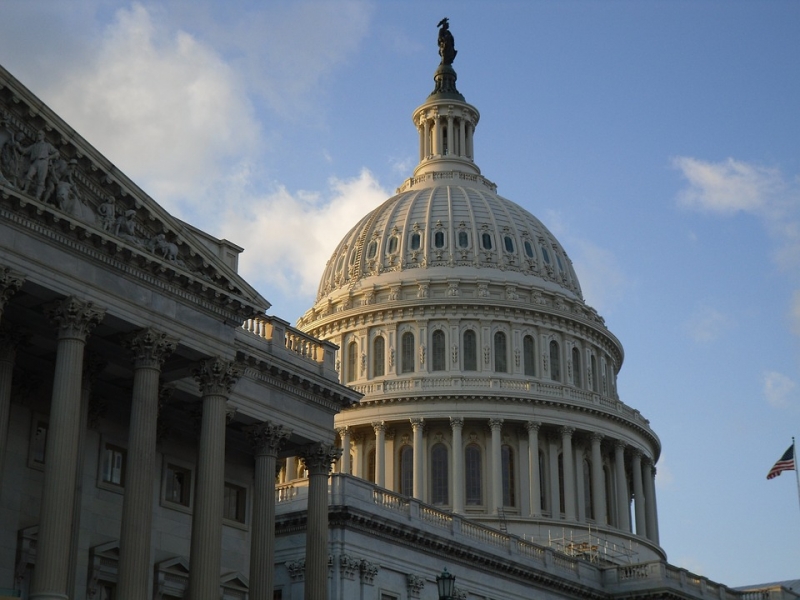Climate policy has again risen to the top of the national agenda. Although the current Administration has taken actions such as withdrawing from the Paris Agreement or relaxing regulations on vehicle and power plant emissions, members of Congress are formulating progressive proposals to mitigate climate change, and states have taken ambitious steps to reduce carbon emissions. A carbon tax proposal has gained traction among conservative think-tanks and politicians, House Speaker Nancy Pelosi has formed a Select Committee on the Climate Crisis, and the Green New Deal has sparked a robust debate on pathways to a more sustainable future.
 In this month’s featured ELR News & Analysis Comment, Designing the New Green Deal: Where’s the Sweet Spot?, Robert Sussman, former Senior Policy Council to the EPA Administrator under President Barack Obama, argues that this new momentum has created a unique opportunity for advancing climate policy. However, Sussman maintains that policymakers lack a broad consensus on a course of action. His Comment examines the factors leading to this unique opportunity, reviews the historical progress of climate policy, and concludes with recommendations for post-2020 policymaking that take into account changes in the technological landscape, as well as current U.S. political and economic realities.
In this month’s featured ELR News & Analysis Comment, Designing the New Green Deal: Where’s the Sweet Spot?, Robert Sussman, former Senior Policy Council to the EPA Administrator under President Barack Obama, argues that this new momentum has created a unique opportunity for advancing climate policy. However, Sussman maintains that policymakers lack a broad consensus on a course of action. His Comment examines the factors leading to this unique opportunity, reviews the historical progress of climate policy, and concludes with recommendations for post-2020 policymaking that take into account changes in the technological landscape, as well as current U.S. political and economic realities.
Sussman charts out several recommendations for policymakers, including focusing primarily on private-sector investment and innovation rather than government funding of green industries, using carbon pricing to accelerate emissions reductions in the electric power and manufacturing sectors, and devising a national framework that allows for varying rates of progress within states. He develops a sector-by-sector roadmap for proposed legislative and administrative actions to reach 70% below 2005 emissions levels by 2050.
Despite the challenges ahead, Sussman ends on a positive note, assuring that progressives and moderates will be able to come together and support an achievable agenda toward reducing carbon emissions. The resurgence of public concern and the development of economically viable technologies are not enough, he argues; policymakers must also consider the lessons of past policy failures in order to work toward an ambitious agenda.
ELI is making this featured ELR News & Analysis article available free for download. To access all that ELR has to offer, including the full content of News & Analysis and its archive, you must have a subscription.
To learn more, visit www.elr.info.
